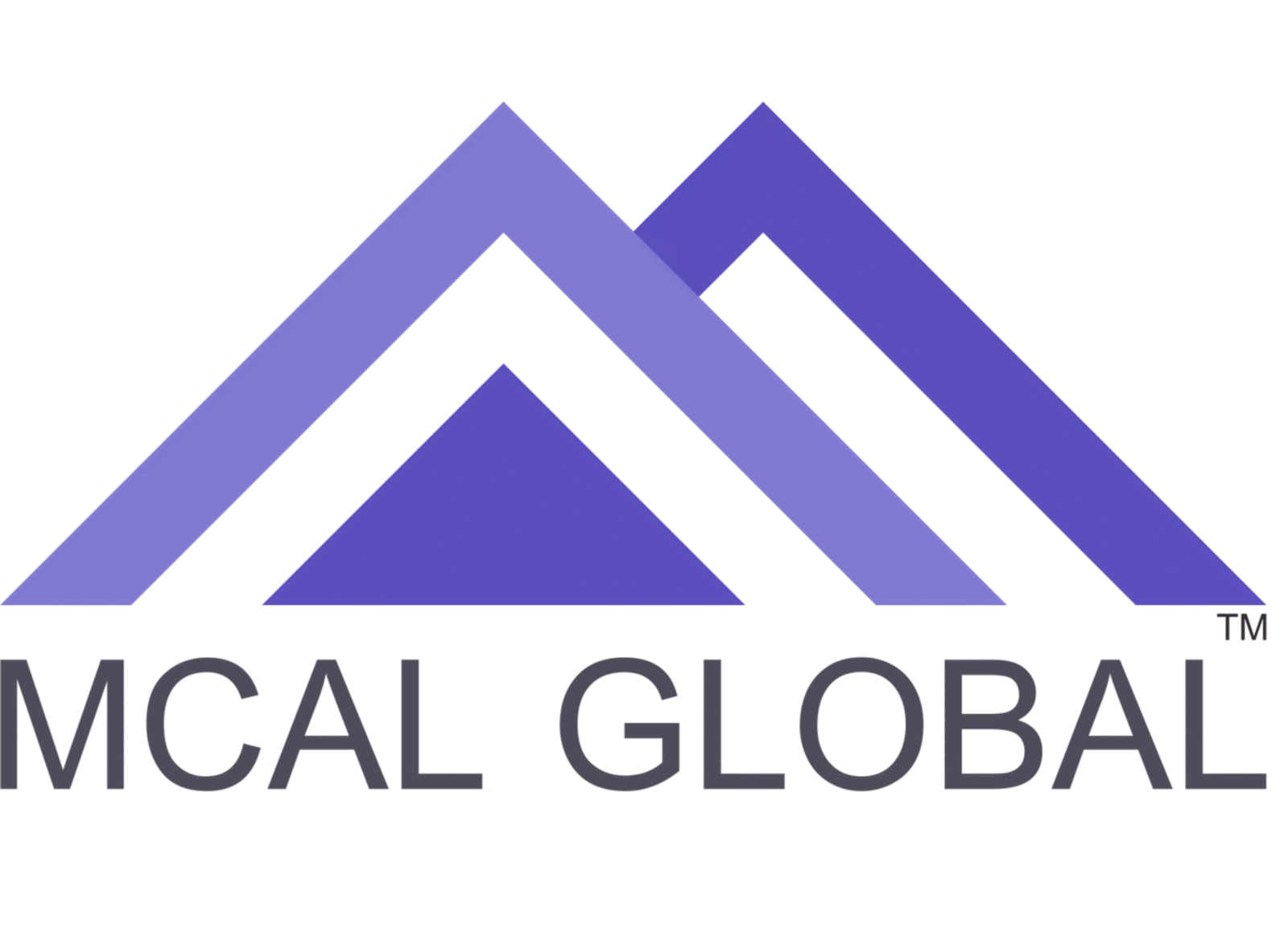In today’s rapidly changing business environment, organizations face numerous external factors that can impact their operations and success. To navigate these complexities and make informed decisions, companies employ various analytical frameworks. One such framework that has gained significant popularity is PESTLE analysis. PESTLE, an acronym for Political, Economic, Social, Technological, Legal, and Environmental factors, provides a structured approach to assessing the external environment and its influence on business strategies. In this article, we will delve into the intricacies of PESTLE analysis, its components, and its significance in strategic planning.
- Political Factors:
Political factors encompass the influence of governmental institutions, policies, and regulations on businesses. These factors may include tax policies, trade restrictions, political stability, labor laws, and government spending. By analyzing the political landscape, organizations can anticipate potential risks and opportunities associated with government actions. This enables them to adapt their strategies accordingly and ensure compliance with regulatory requirements.For more information on political factors and their impact on businesses, you can refer to the following resources:
- World Bank: The World Bank provides valuable insights into global political and economic trends. Their website offers reports, data, and analysis on various countries’ political environments, which can be useful for understanding the impact of political factors on businesses. (Link: https://www.worldbank.org/)
- Government websites: Many government websites provide information on policies, regulations, and legal frameworks that businesses need to consider. These websites offer a wealth of information specific to each country or region, enabling organizations to stay updated on political developments. (Example: The U.S. Government’s official website: https://www.usa.gov/)
- Economic Factors:
Economic factors refer to the overall economic conditions and trends that impact businesses. Key aspects include economic growth, inflation rates, exchange rates, interest rates, and consumer confidence. Understanding these factors helps organizations identify potential market opportunities, evaluate consumer purchasing power, and assess the overall health of the economy. Such insights enable businesses to make informed decisions related to pricing, investment, and resource allocation.To gain further knowledge about economic factors and their implications for businesses, consider exploring the following resources:
- International Monetary Fund (IMF): The IMF provides economic data, forecasts, and research on global economic trends. Their website offers access to reports, publications, and databases that can assist in analyzing economic factors. (Link: https://www.imf.org/)
- National statistical agencies: Each country has its own national statistical agency that provides official economic data and indicators. These agencies offer information on GDP growth, inflation rates, employment figures, and other economic factors that can be vital for conducting PESTLE analysis. (Example: The Bureau of Economic Analysis in the United States: https://www.bea.gov/)
- Social Factors:
Social factors pertain to societal trends, cultural norms, demographics, and consumer behavior patterns. These factors shed light on consumer preferences, lifestyle changes, attitudes, and social values. By analyzing social trends, organizations can identify emerging markets, target specific consumer segments, and tailor their products or services to meet changing customer demands. This analysis aids in building strong customer relationships and developing effective marketing strategies.To explore social factors in-depth, the following resources can be helpful:
- Pew Research Center: The Pew Research Center conducts extensive research on social and demographic trends. Their website offers reports, surveys, and data on various social factors, providing valuable insights into societal changes and consumer behaviors. (Link: https://www.pewresearch.org/)
- Nielsen: Nielsen is a leading global information and measurement company that provides data and insights into consumer behavior, preferences, and market trends. Their reports and publications can help organizations understand social factors and their impact on business strategies. (Link: https://www.nielsen.com/)
- Technological Factors:
Technological factors encompass the influence of advancements in technology and digitalization on businesses. This includes factors such as automation, research and development (R&D), innovation, internet penetration, and the rate of technological change. Organizations that embrace technological advancements gain a competitive edge by improving operational efficiency, product development, and customer experience. PESTLE analysis helps identify technological opportunities and threats, facilitating strategic decision-making in adopting new technologies or adapting existing ones.For further exploration of technological factors and their significance, consider the following resources:
- Gartner: Gartner is a renowned research and advisory company that provides insights into technology trends, emerging technologies, and their impact on businesses. Their website offers reports, articles, and webinars that can assist in understanding technological factors. (Link: https://www.gartner.com/)
- Technology news websites: Websites such as TechCrunch, Wired, and MIT Technology Review provide up-to-date news and analysis on technology advancements, innovations, and trends. These sources can help organizations stay informed about technological factors affecting their industries. (Example: TechCrunch – https://techcrunch.com/)
- Legal Factors:
Legal factors encompass the impact of laws, regulations, and legal frameworks on businesses. This includes areas such as employment laws, intellectual property rights, health and safety regulations, and consumer protection laws. Understanding legal factors helps organizations mitigate legal risks, ensure compliance, and navigate legal complexities. It also aids in identifying potential legal barriers or opportunities that can shape business strategies.To gain a deeper understanding of legal factors and their implications for businesses, explore the following resources:
- International Labour Organization (ILO): The ILO is a specialized agency of the United Nations that focuses on labor rights, employment standards, and social protection. Their website provides access to international labor standards, research, and publications that can assist in analyzing legal factors related to labor laws. (Link: https://www.ilo.org/)
- Legal databases: Legal databases such as Westlaw, LexisNexis, and Bloomberg Law offer comprehensive legal information and resources. These platforms provide access to legal documents, regulations, and case law, allowing organizations to stay updated on legal factors relevant to their operations. (Example: Westlaw – https://legal.thomsonreuters.com/en/products/westlaw)
- Environmental Factors:
Environmental factors refer to ecological and environmental aspects that can influence businesses. These include factors such as climate change, natural disasters, environmental regulations, and sustainability initiatives. Organizations that consider environmental factors in their strategic planning can proactively address sustainability concerns, reduce their ecological footprint, and seize opportunities in green technologies and renewable energy. PESTLE analysis helps organizations understand the impact of environmental factors on their operations and devise sustainable strategies.For additional information on environmental factors and their impact on businesses, consider referring to the following resources:
- United Nations Framework Convention on Climate Change (UNFCCC): The UNFCCC website provides information on climate change policies, environmental initiatives, and international efforts to address climate-related challenges. It offers reports, publications, and data that can assist in analyzing environmental factors. (Link: https://unfccc.int/)
- Sustainability organizations: Organizations such as the Global Reporting Initiative (GRI) and the World Wildlife Fund (WWF) focus on sustainability and provide resources and guidance for businesses aiming to integrate environmental factors into their strategies. These organizations offer reports, guidelines, and tools that can assist in analyzing environmental factors and promoting sustainability. (Example: Global Reporting Initiative – https://www.globalreporting.org/)
Importance of PESTLE Analysis:PESTLE analysis plays a vital role in strategic planning for organizations across industries. By evaluating and understanding external factors, businesses can:
- Identify opportunities and threats: PESTLE analysis helps identify emerging trends, market shifts, and potential risks that can impact business performance. This enables organizations to capitalize on opportunities and mitigate threats effectively.
- Inform decision-making: PESTLE analysis provides valuable insights that aid in making informed and strategic decisions. It helps organizations align their strategies with external forces, anticipate changes, and allocate resources efficiently.
- Adapt to the changing environment: In a dynamic business landscape, adaptability is crucial for survival. PESTLE analysis enables organizations to stay proactive and adjust their strategies to align with shifting political, economic, social, technological, legal, and environmental factors.
Related Tools and Organizations:Several tools and organizations provide valuable resources and frameworks to facilitate PESTLE analysis and strategic planning. Here are a few examples:
- SWOT Analysis: SWOT (Strengths, Weaknesses, Opportunities, Threats) analysis complements PESTLE analysis by focusing on internal factors. It helps organizations assess their internal strengths and weaknesses in relation to external opportunities and threats. For more information on SWOT analysis, refer to this resource: https://www.mindtools.com/pages/article/newTMC_05.htm
- McKinsey 7S Framework: The McKinsey 7S Framework provides a holistic approach to organizational effectiveness by examining seven interconnected elements, including strategy, structure, systems, skills, style, staff, and shared values. To learn more about the McKinsey 7S Framework, visit this link: https://www.mindtools.com/pages/article/newSTR_91.htm
- Porter’s Five Forces: Porter’s Five Forces framework helps organizations analyze the competitive forces within an industry to assess the industry’s attractiveness and competitive dynamics. For a detailed understanding of Porter’s Five Forces, refer to this resource: https://www.mindtools.com/pages/article/newTMC_08.htm
- World Economic Forum (WEF): The WEF offers valuable insights into global economic, political, and social trends through its reports, publications, and events. It serves as a valuable resource for organizations conducting PESTLE analysis at a global level. Explore the World Economic Forum’s website for more information: https://www.weforum.org/
Conclusion:PESTLE analysis serves as a powerful tool for organizations to assess the external factors that influence their strategies and operations. By analyzing political, economic, social, technological, legal, and environmental factors, businesses can gain a deeper understanding of their operating environment and make well-informed decisions. PESTLE analysis enables organizations to identify opportunities, mitigate risks, and adapt their strategies to the ever-changing business landscape. By incorporating PESTLE analysis into their strategic planning process, organizations can enhance their competitiveness and drive sustainable growth in a dynamic and complex world.
For better understanding join MCAL Global’sMaster Business Analysis Training – MBATâ€. MBAT is the flagship business analyst course. MCAL Global has trained more than 2000 professionals on the business analysis processes, concepts, tools, techniques, best practices, business analyst certification, and software tools via this program.
Through active feedback collected from individuals & corporates, MCAL Global has perfected this business analyst course via numerous updates and revisions to deliver the best possible results for individuals or corporates.MCAL Global conducts a classroom for this business analyst course in Pune and Mumbai, else you can join our live online business analyst course from anywhere.
MCAL Global has trained professionals from the United States, UAE – Dubai, Australia, United Kingdom, and all major cities from India through our live instructor online business analyst courses. You can send your interest by visiting our contact us page.


